Photo Gallery for Harrisina americana - Grapeleaf Skeletonizer Moth | 35 photos are available. Only the most recent 30 are shown.
|
 | Recorded by: Hunter Phillips on 2023-08-05
Onslow Co.
Comment: | 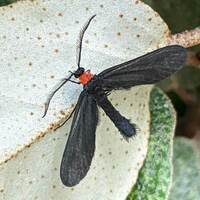 | Recorded by: Jeff Niznik on 2023-06-17
New Hanover Co.
Comment: |
 | Recorded by: dunn.stephen.m@gmail.com on 2023-06-08
Orange Co.
Comment: | 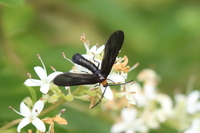 | Recorded by: Travis McLain on 2023-05-12
Cabarrus Co.
Comment: |
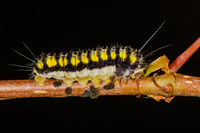 | Recorded by: David L. Heavner on 2022-08-22
Chatham Co.
Comment: | 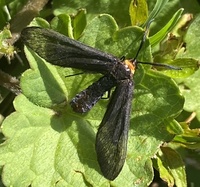 | Recorded by: David George, Becky Watkins on 2022-05-30
Orange Co.
Comment: |
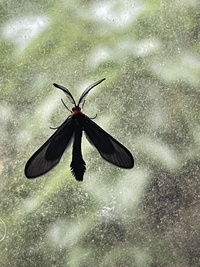 | Recorded by: Morgan Freese on 2022-05-27
New Hanover Co.
Comment: |  | Recorded by: David George, Becky Watkins on 2022-05-24
New Hanover Co.
Comment: |
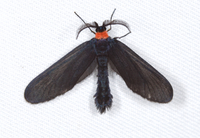 | Recorded by: Jim Petranka and Becky Elkin on 2021-07-22
Graham Co.
Comment: | 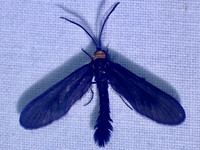 | Recorded by: tom ward on 2021-07-03
Buncombe Co.
Comment: |
 | Recorded by: R. Newman on 2021-04-09
Carteret Co.
Comment: | 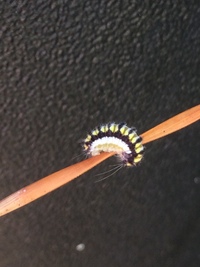 | Recorded by: Morgan Freese on 2020-08-20
New Hanover Co.
Comment: |
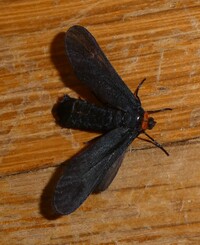 | Recorded by: Simpson Eason on 2020-08-08
Durham Co.
Comment: |  | Recorded by: Simpson Eason on 2019-08-11
Durham Co.
Comment: |
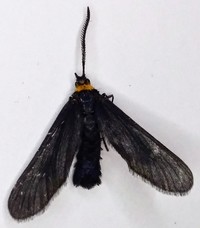 | Recorded by: Gary Maness on 2019-08-08
Guilford Co.
Comment: |  | Recorded by: Jim Petranka and Becky Elkin on 2019-08-07
Madison Co.
Comment: |
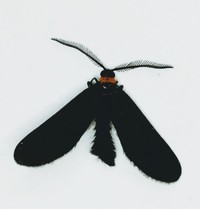 | Recorded by: Gary Maness on 2019-05-21
Guilford Co.
Comment: |  | Recorded by: Simpson Eason on 2019-05-19
Durham Co.
Comment: |
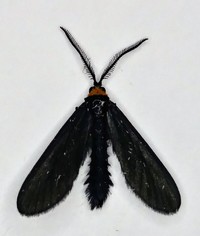 | Recorded by: Gary Maness on 2019-05-17
Guilford Co.
Comment: |  | Recorded by: Gary Maness on 2019-05-08
Guilford Co.
Comment: |
 | Recorded by: Gary Maness on 2018-06-02
Guilford Co.
Comment: |  | Recorded by: K. Bischof on 2018-05-27
McDowell Co.
Comment: |
 | Recorded by: Mark Shields and Hunter Phillips on 2017-10-17
Onslow Co.
Comment: | 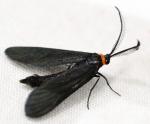 | Recorded by: B. Bockhahn, K. Kittelberger on 2017-04-17
Carteret Co.
Comment: |
 | Recorded by: Jim Petranka and Becky Elkin on 2014-06-25
Madison Co.
Comment: | 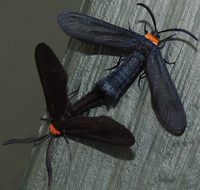 | Recorded by: Britta Muiznieks on 2014-05-19
Dare Co.
Comment: |
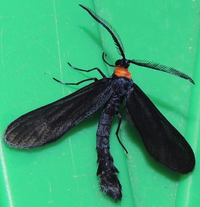 | Recorded by: Britta Muiznieks on 2014-05-02
Dare Co.
Comment: | 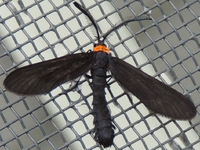 | Recorded by: Britta Muiznieks on 2014-04-29
Dare Co.
Comment: |
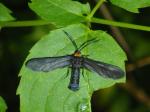 | Recorded by: j. wyche on 2013-05-30
Gates Co.
Comment: | 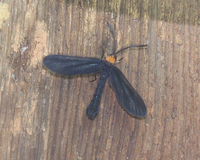 | Recorded by: Taylor Piephoff on 2010-05-27
Mecklenburg Co.
Comment: |
|